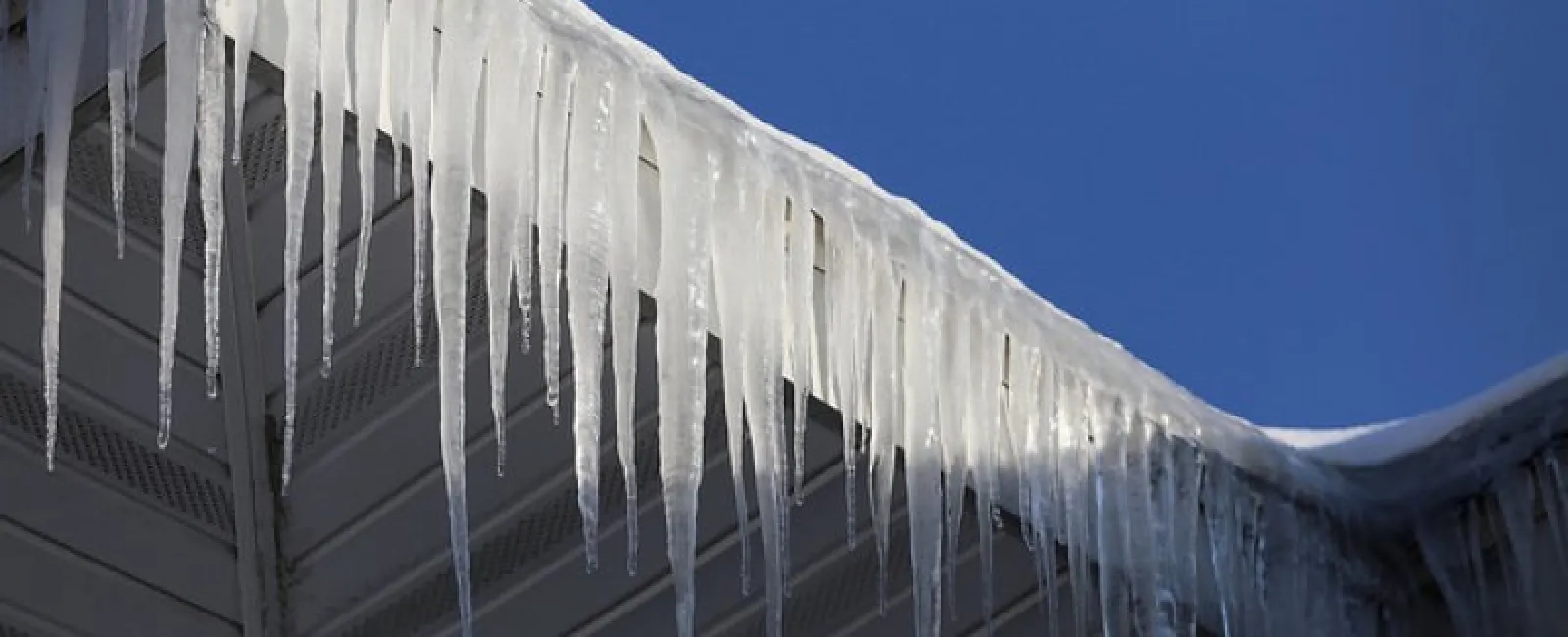Roof condensation is a sneaky problem. It can occur even when your roof is perfectly healthy, thanks to a poor mix of bad ventilation and the cool winter rains that come to Georgia. Here are the dangers that hidden condensation can present, and how you can prevent them.
Condensation causes
Condensation is a tricky roof problem, because it tends to look and act like a leak, even if there's no damage to your roof. It takes a close, professional inspection to tell the difference between condensation problems and leaks.
Roof condensation tends to form at certain times of year, especially the cooler months of winter and early spring. This is when cold air and water on your roof come into close contact with the hot air in your attic and roof spaces inside your house. That rising hot air has moisture in it, moisture that condenses on inner roof surfaces when it comes into contact with lower temperatures.
The result? "Sweating" walls and running water inside your house that looks like a leak and can do similar damage, even if nothing is wrong with your roof.
Moisture and insulation
Improperly installed insulation is one of the leading causes of condensation in the attic, especially when too much insulation traps warm air up near the roof and forces condensation. This works against insulation in multiple ways: When water condenses on insulation materials, it tends to seep inside the often permeable materials and stay present for a long time, encouraging mildew, mold, and other problems to build up.
These problems with insulation often go unnoticed - when was the last time you went up to your attic or crawl space in winter and early spring to make sure condensation wasn't causing any problems? Condensation is typically noticed when it seeps down into walls and ceilings in the house. If insulation absorbs that condensation and experiences mildew problems as a result, it could be a long time before homeowners even notice the problem.
Wall and wood damage
If roof condensation does make it to walls and wood, it can create another series of problems. The inner structure of a roof is made of wooden rafters and trusses. If these wooden supports get wet, their strength is compromised and that can lead to sagging rooftops and other serious problems. Wet wood also tends to attract mold and pests like termites, inviting even more long-term damage. The stains on your drywall and other wall materials are also probably permanent, requiring more expensive replacements.
Prevention
So, how do you prevent problems like condensation, especially if you only notice it upon close inspection? The key is good roof and attic ventilation. A roofing expert can take a look at the vents (or lack of) on your eaves and see if you have proper airflow that will allow moisture to escape before it forms condensation.

